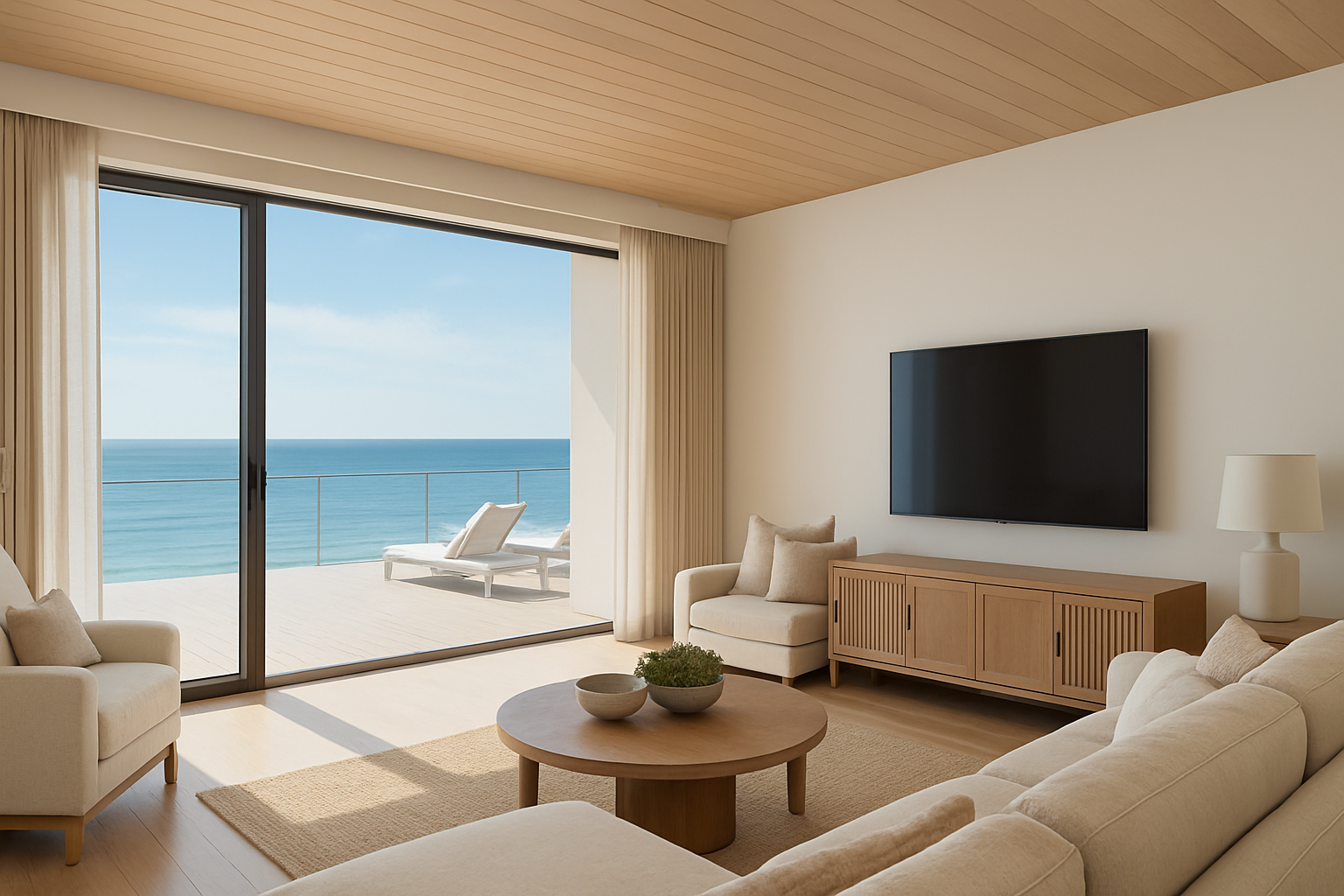Few lifestyles are as alluring as coastal living. With the sound of waves, fresh salty air, and uninterrupted ocean views, beachfront homes offer a sense of peace and freedom unlike any other. But designing a residential space by the coast comes with its own set of unique opportunities—and challenges.
From materials that can withstand marine environments to layouts that frame ocean views and harness natural light, the best beachfront home designs are as functional as they are breathtaking. In this guide, we explore top architectural ideas for creating your ideal coastal retreat.
1. Design with the Landscape, Not Against It
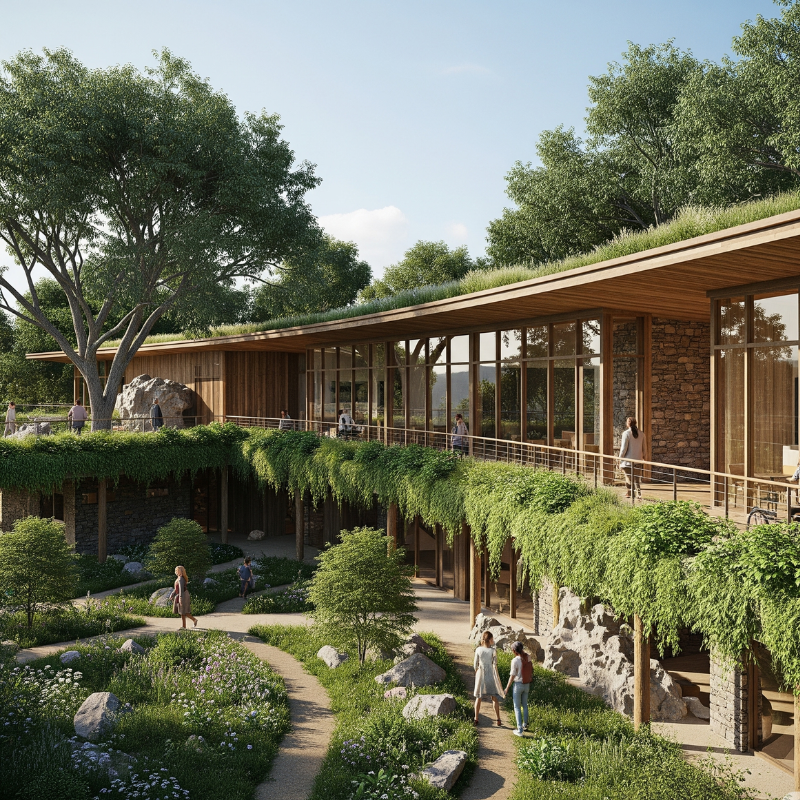
The first rule of beachfront architecture is simple: let the environment lead. Whether you’re working with sandy dunes, rocky cliffs, or tropical beaches, the surrounding landscape should inform the home’s orientation, layout, and material choices.
- Position living spaces to capture the best views of sunrise or sunset.
- Incorporate natural vegetation in the site plan for minimal disruption and added shade.
- Use elevated platforms or stilts in flood-prone areas to protect the home while maintaining a light footprint on the land.
Great coastal design is about respecting nature while maximizing comfort.
2. Embrace Indoor-Outdoor Living

One of the greatest joys of living near the water is being able to merge interior and exterior spaces seamlessly. Think expansive sliding glass doors, retractable walls, or open-plan layouts that extend out onto decks, patios, or balconies.
- Install bi-fold or accordion doors to open up entire walls to the outdoors.
- Use covered terraces or pergolas to enjoy ocean breezes without harsh sun exposure.
- Incorporate outdoor kitchens or showers for added function and flair.
Creating fluid transitions between indoor and outdoor zones enhances the connection to the natural surroundings and makes everyday living feel like a holiday.
3. Use Natural and Weather-Resistant Materials
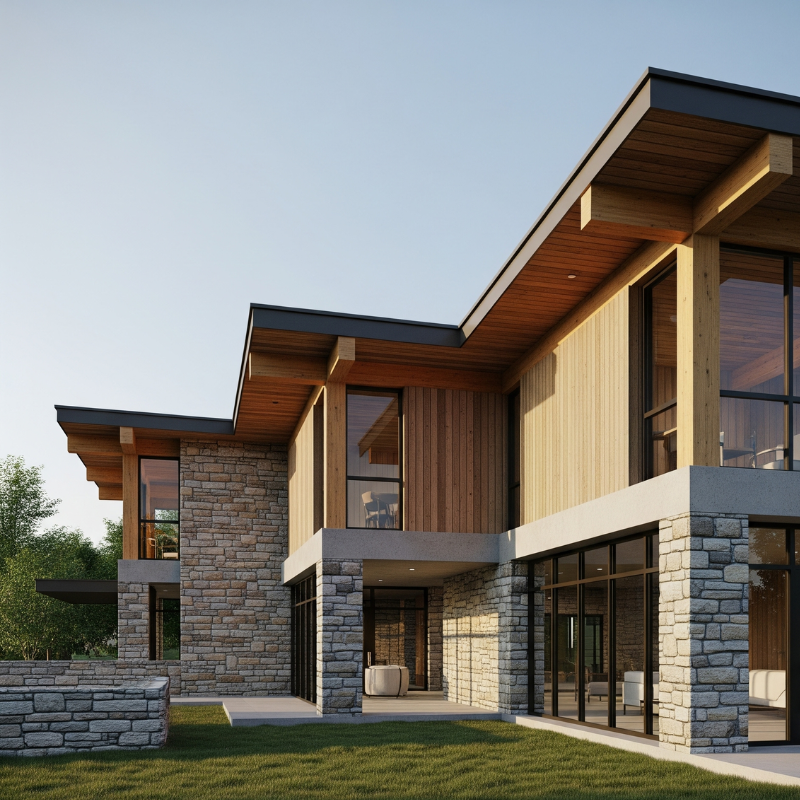
Coastal environments can be harsh—salt spray, high humidity, and strong winds all take a toll on poorly chosen materials. To ensure longevity and low maintenance, opt for durable, weather-resistant materials that also reflect a natural coastal palette.
- Timber (like teak or cedar) brings warmth and weathers beautifully over time.
- Concrete, stone, and composite cladding provide strength and resilience.
- Use marine-grade stainless steel for fixtures and hardware to avoid corrosion.
Where possible, source materials locally to reduce the environmental impact and ensure climate suitability.
4. Maximize Natural Light and Ventilation
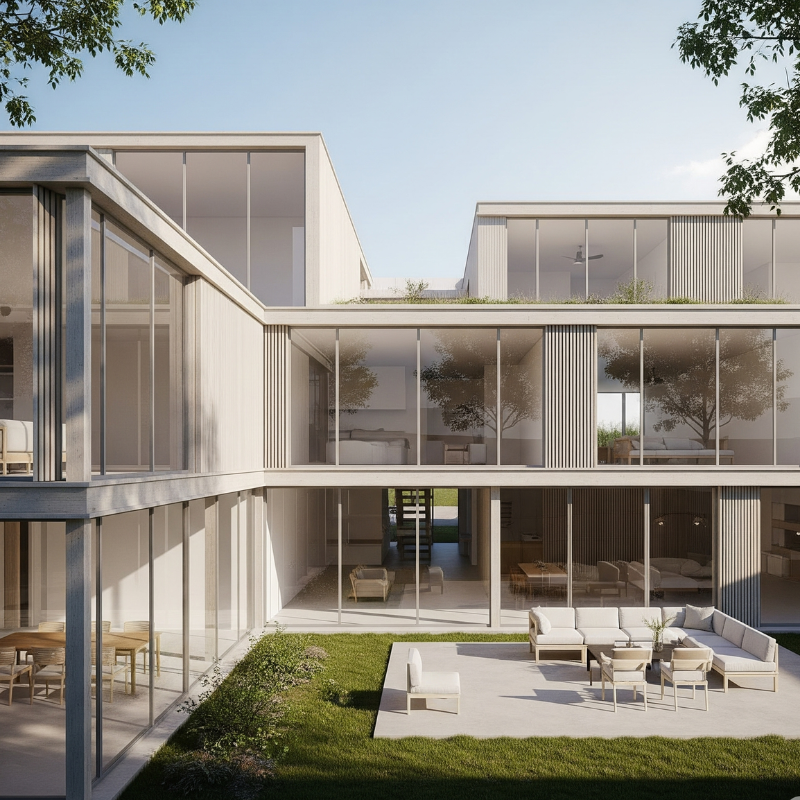
Coastal homes often benefit from unobstructed daylight and fresh ocean breezes—so the design should capitalize on these natural assets.
- Place large windows and skylights in main living zones to flood spaces with light.
- Use cross-ventilation strategies to cool interiors naturally, reducing reliance on air conditioning.
- Consider louvered windows or operable clerestories for continuous airflow without compromising privacy.
Natural light not only makes interiors feel more expansive but also highlights the textures and tones of coastal materials.
5. Go for an Open, Relaxed Layout
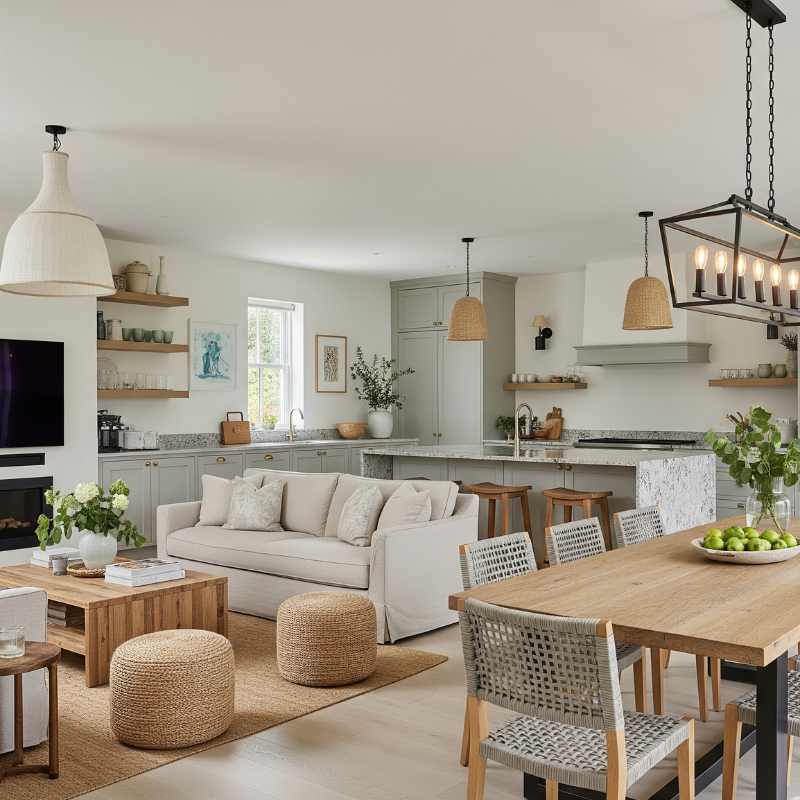
Beach homes are meant to be laid-back, social, and open—the architectural style should reflect that mindset. Avoid overly compartmentalized designs in favor of open-concept spaces that allow free movement and clear sightlines.
- Connect the kitchen, dining room, and lounge into one flexible zone.
- Use built-in seating and multi-use furniture to maximize space without clutter.
- Include flex rooms or guest nooks for visiting friends and family.
The goal is to create a home that feels effortless and breathable, just like the coastline itself.
6. Soften Interiors with Coastal Colors and Textures
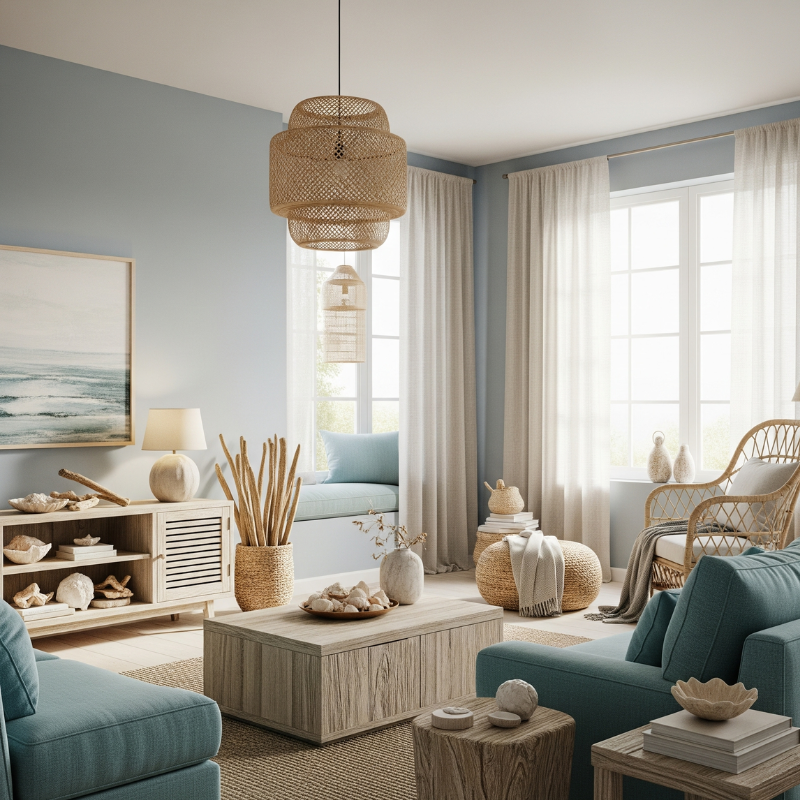
Your beachfront design doesn’t stop at structure—interiors are just as important. A well-curated coastal home feels calm, airy, and connected to its environment.
Stick to a soft, organic color palette:
- Shades of white, sand, beige, seafoam, and pale blues evoke ocean serenity.
- Incorporate natural textures like jute, rattan, linen, and reclaimed wood for a tactile, beachy feel.
- Use open shelving, woven light fixtures, and art inspired by marine life or landscapes for added visual depth.
Avoid anything too heavy or ornate—coastal interiors shine through simplicity and elegance.
7. Design for Durability and Ease of Maintenance

Beach homes attract sand, salt, and moisture—and design should take that into account to make day-to-day living easier.
- Choose easy-to-clean flooring like polished concrete, natural stone, or hardwood.
- Install drainage grates and floor mats in high-traffic areas like entrances and showers.
- Select washable paints and moisture-resistant cabinetry in bathrooms and kitchens.
Durability doesn’t mean sacrificing style—in fact, it often leads to cleaner, more thoughtful design decisions.
8. Prioritize Privacy Without Blocking the View
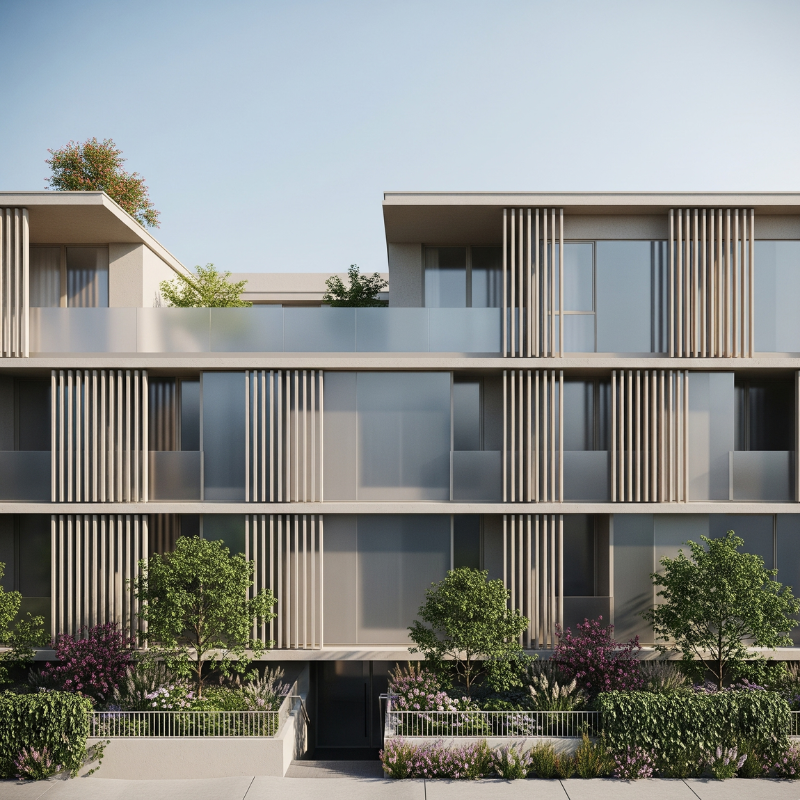
While beachfront homes are all about openness, privacy remains important—especially in densely populated coastal areas.
- Use screening vegetation, trellises, or louvred walls to block views from the street.
- Strategically place windows and balconies to frame the view without exposing interiors.
- Consider split-level layouts to separate public and private zones naturally.
This delicate balance allows you to enjoy the scenery while maintaining a sense of seclusion and security.
Final Thoughts
Beachfront homes are more than just a place to live—they’re an experience. The best coastal residential designs celebrate their setting, embracing the sun, sea, and landscape in every architectural detail.
By blending open layouts, durable materials, natural ventilation, and harmonious interiors, you can create a beachfront home that not only looks beautiful but also lives well.
Looking for more architectural inspiration?
Explore real-life coastal design examples, product ideas, and expert insights on ideasforarchitecture.com—your go-to source for smarter, more sustainable residential design.





